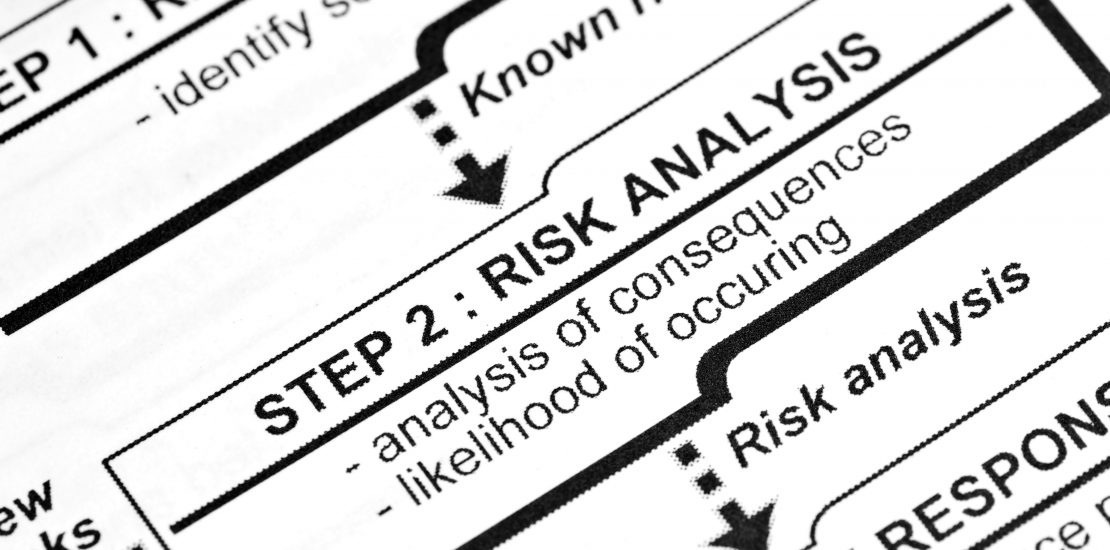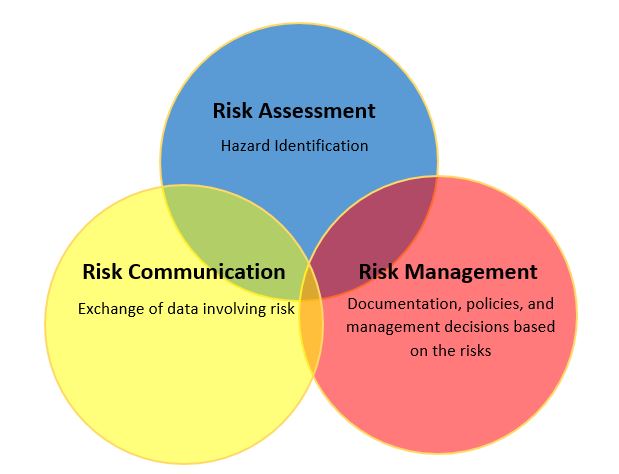Significant Aspects of Direct Quantitative Occupational Health Risk Assessment
- November 30, 2022
- Posted by: Velosi Author
- Categories: HSE, Insights

What is Direct Quantitative Occupational Health Risk Assessment?
Direct Quantitative Occupational Health Risk Assessment (DQOHA) is a systematic process used to determine the potential health risks such as exposure to chemical, physical, and biological agents at the workplace. It conducts both occupational exposure assessment and quantitative risk assessment. To be more precise, quantitative risk assessment is the estimation of the probability of catching a specific disease or disorder from exposure to a hazard.
As part of the process, hazards in the workplace undergo the process of identification and their potential health effects are estimated. In addition, the data combines with information regarding how much exposure workers are likely to experience during their working day. This information also includes the intensity of exposure over the course of their lifetime. If it is impossible to control exposures more precisely than in the typical workplace, questionnaires or actual exposure measurements can be an alternative.
When is Direct Quantitative Occupation Health Risk Assessment Conducted?
Exposure to health hazards is critical. Sometimes, there are specific indicating factors regarding health hazards that need attention to carry out a direct quantitative occupational health risk assessment.
The health risk assessment is performed when:
- Control measures are selected in accordance with the level of exposure
- Control measures that need to be evaluated in terms of their effectiveness
- There is a need to reduce the concerns of workers
- A regulatory concern exists or has already emerged
- Investigation and response to reported health effects
Risk Analysis Diagram
Figure 1 Risk Analysis key points
How to Conduct an Effective Direct Quantitative Occupational Health Risk Assessment
Identifying potential health risks at the workplace can be challenging at times. Significant key factors shall be kept in mind to successfully conduct a Direct Quantitative Occupational Health Risk Assessment.
This process consists of the following steps:
- A method for identifying and ranking workplace hazards
- Analyzing the levels of exposure to these hazards
- Assessing the health risks associated with these exposures
- Investigating the possibility of reducing risk through engineering or administrative controls.
How to Conduct a Direct Occupational Health Risk Assessment for a Chemical Exposure
Chemical exposures are harmful and can associate health risks. If a person is exposed to any sort of chemicals at the workplace or has a potential exposure environment, designated personnel shall immediately conduct a direct quantitative occupational health risk assessment. Usually, the risk assessments shall be conducted beforehand according to the legal standards of the Occupational Safety and Health Administration (OSHA) to be safe and secure.
Moreover, health risk assessments require proper documentation to successfully carry out the process. Regarding chemicals, documentation can be executed for a single exposure to chemicals or an accumulation of exposures.
Direct Quantitative Occupational Health Risk Assessment Important Steps To Note:
- Personnel work history
- The work environment
- Types of hazards
- The person’s exposure to hazards/hazardous substances
- Other factors that may have an impact on their health
The Benefits of Investing in an Occupational Health Risk Assessment Tools for Your Company
It is important for your company to invest in occupational health risk assessment tools for several reasons. Among the most important reasons for implementing this is that it will allow your company to comply with the Occupational Health and Safety Standards. Which emphasizes how employers shall take reasonable precautions to protect their employees from occupational health risks.
Legal laws and standards require employers to provide a safe working environment for their employees, which includes providing them with information and training on how they can protect themselves as well as how they can prevent or reduce the likelihood of injury or illness. Occupational health risk assessment tools will help in identifying potential hazards at your workplace, assessing the risks associated with hazards, and developing strategies for eliminating or reducing these risks.
Why Is It Important To Conduct a Direct Occupational Health Risk Assessment
An occupational health risk assessment is a critical element of any workplace. The goal of the assessment is to identify the risks to employees and make relevant changes at the workplace that will limit the risks.
A systematic occupational health risk assessment clears out the vision of what needs to be done to improve the safety of your workplace. For example, if there are hazards present that are not being adequately addressed by current safety practices, the risk assessment process will make you lead a plan for addressing those hazards.
Velosi’s extensive team of experts conducts quantitative risk assessments to determine the exposure concentration of hazardous agents to which workers may be exposed utilizing sampling and analytical techniques. An organization’s health hazards are also assessed based on the obtained data during this process
Please contact us for more information and assistance.



